
Soil Health & Fertilization
We unite suppliers and green industry professionals worldwide
While the fruit and leaves are rich in essential oils, their primary value is in the unique flavor they bring to food and drink.
By Mariam Scott
|Published on September 23, 2025
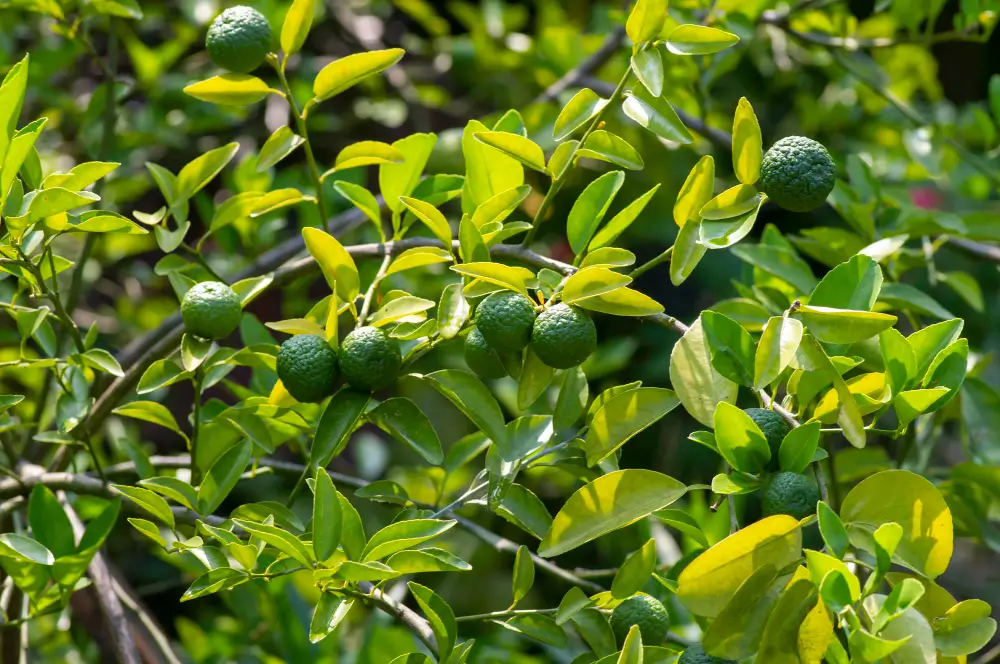

The tree of the tropical fruit Citrus hystrix, also known as Kaffir Lime, is famous for its aromatic fruit, unusual leaves, and also for its culinary and botanical uses. It is native to Southeast Asia and is commonly used in the cuisines of that region, particularly in Thai, Indonesian, and Cambodian dishes.
The tree itself is vigorous, thorny, and a nice size for the home garden or patio pot. While the fruit and leaves are rich in essential oils, their primary value is in the unique flavor they bring to food and drink. Aside from the kitchen, Kaffir Lime is also used for therapeutic support, beauty, and all-around the house use.
| Scientific Name | Citrus hystrix |
| Common Name | Kaffir Lime |
| Leaf | Unique leaves referred to as "double leaves" and glossy green in color. |
| Fruit | Small, rough-covered, bumpy-skinned, which changes to yellow when ripe. |
| Size of tree | Between 6 and 12 feet high, frequently accompanied by spines on branches. |
| Odour | Fruit and leaf produce a strong citrus scent when bruised. |

September 25, 2025
9 minute read
September 24, 2025
9 minute read
September 23, 2025
10 minute read
September 22, 2025
9 minute read


Join as a seller and connect with thousands of B2B buyers nationwide!
Sign Up
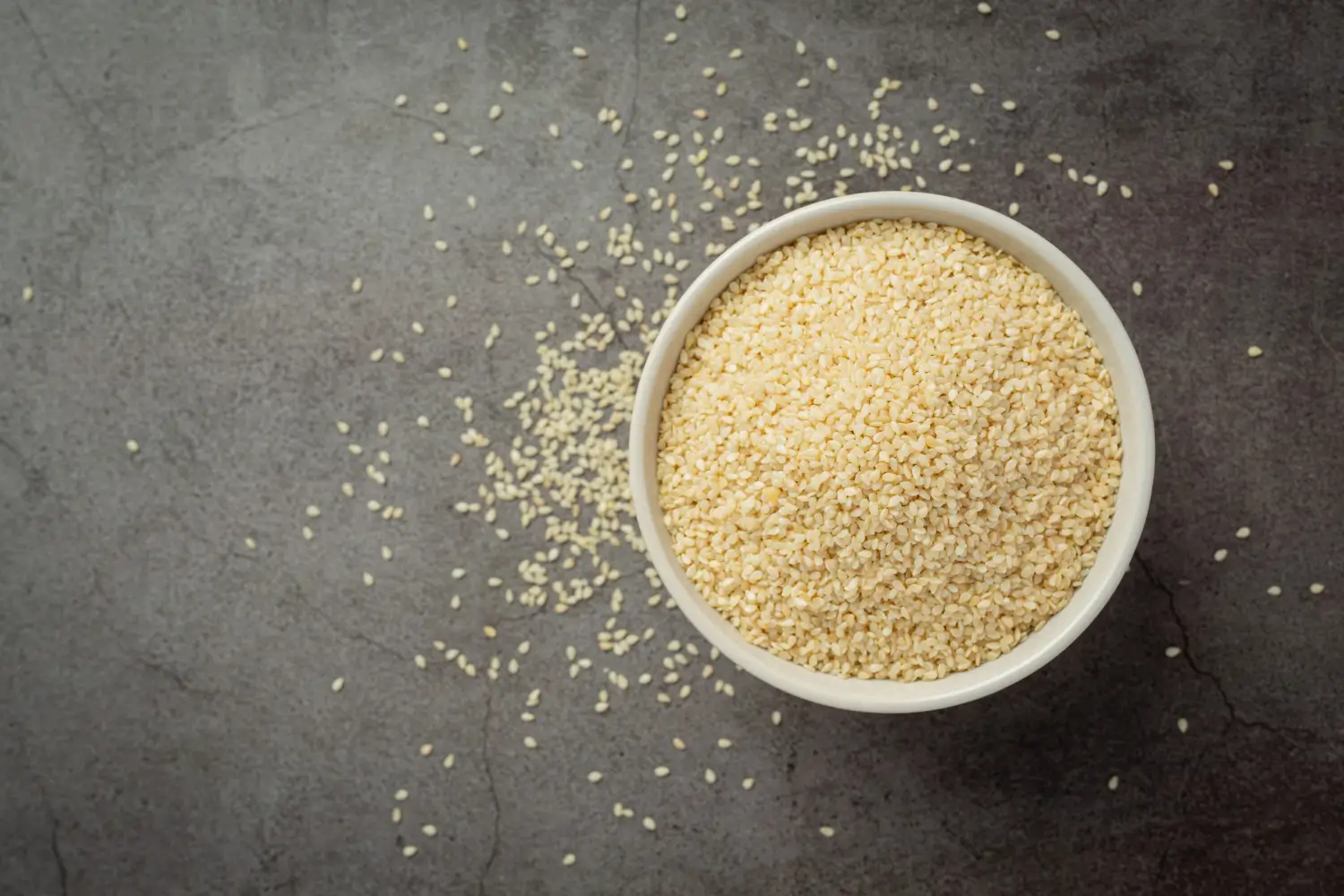
Quinoa
Quinoa (Chenopodium quinoa) has developed into a global symbol of a super-nutritious and healthy pseudocereal.
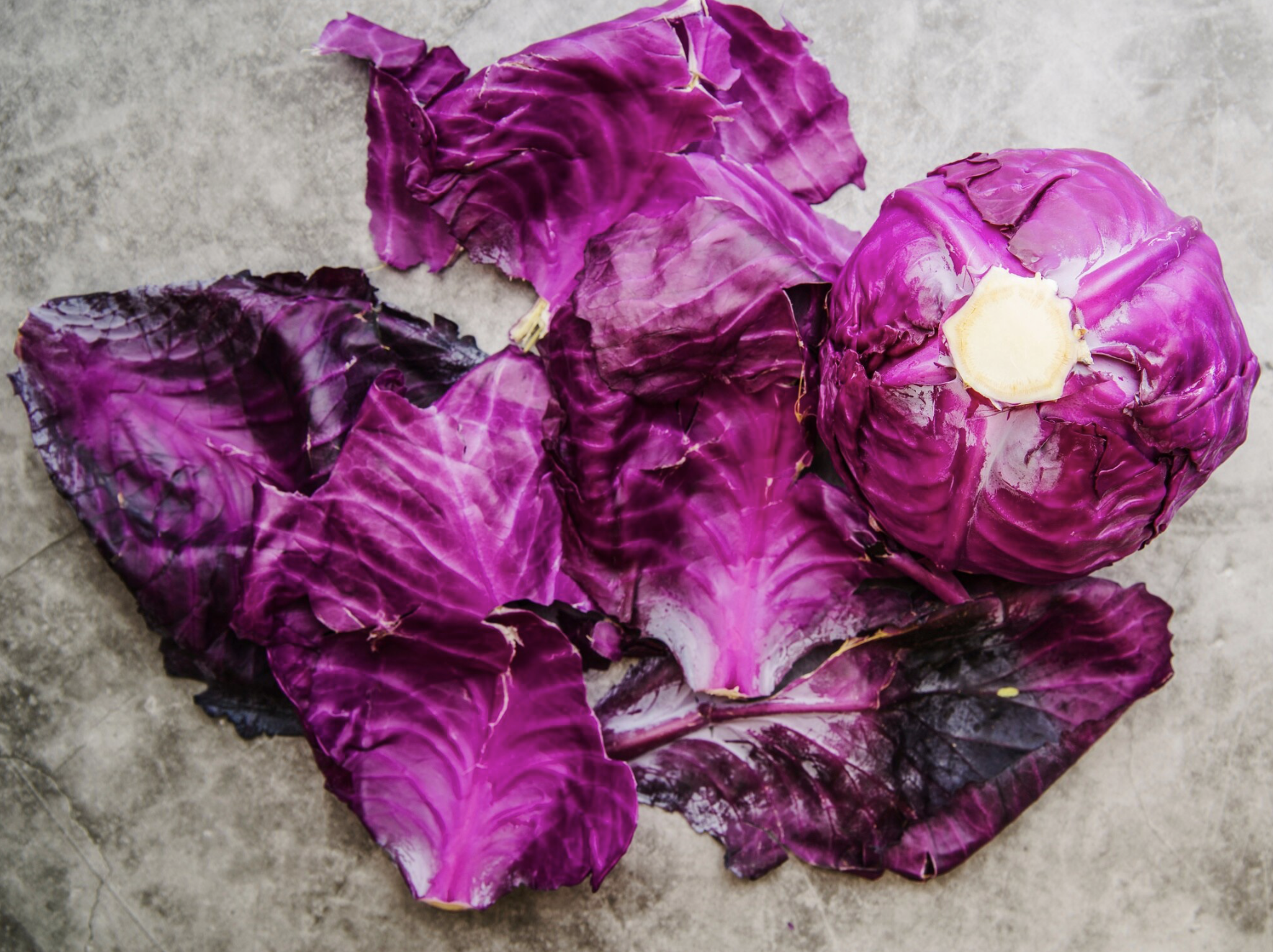
Radicchio
Radicchio (Cichorium intybus var. foliosum) looks like a leaf vegetable with its bright red, colored leaves and its crunchy texture and bitter taste.
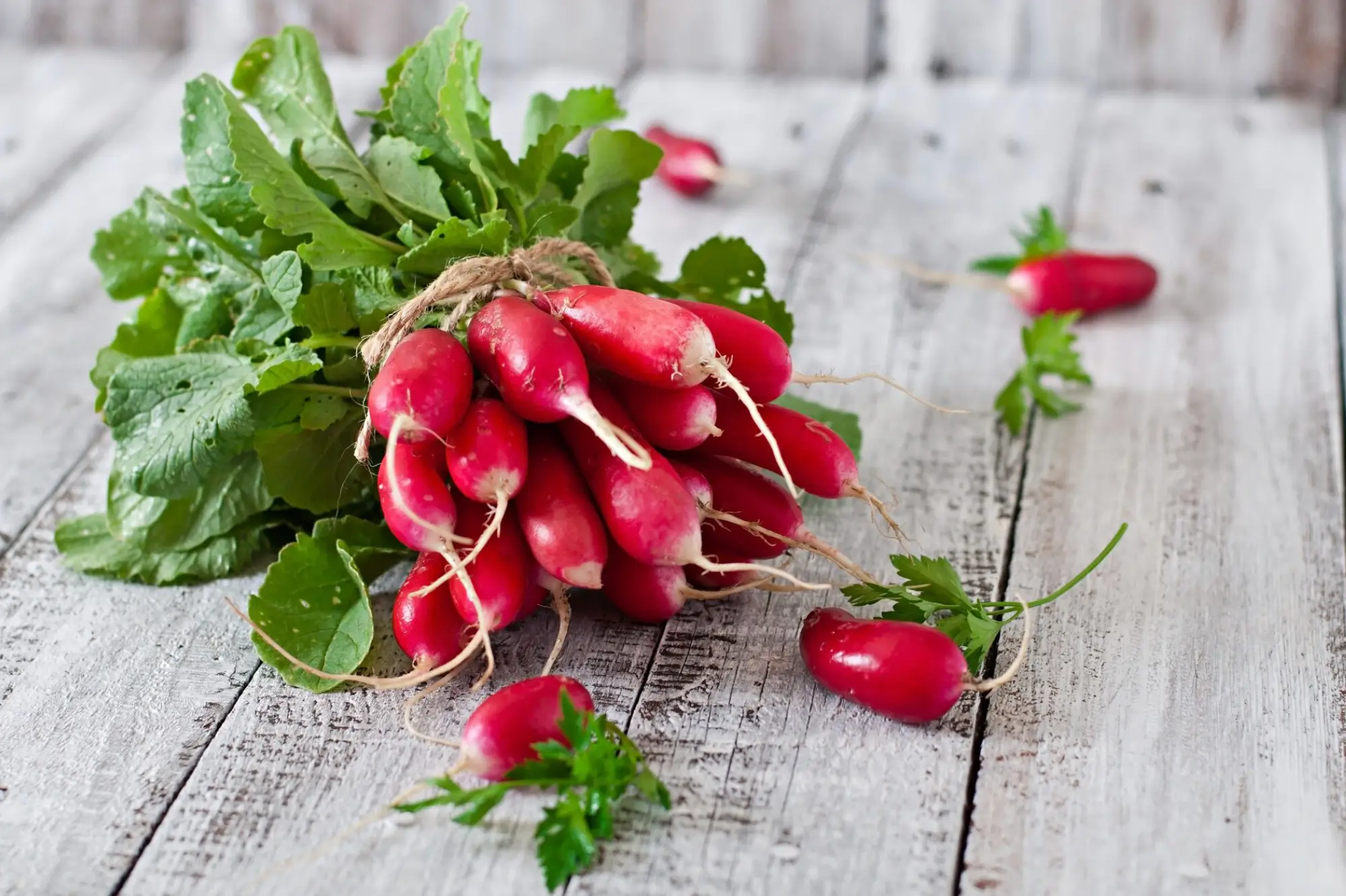
Radish
Super-fast growing root crop with a thin and crispy texture and spicy flavor, Radish (Raphanus sativus) is a favourite crop with all gardeners worldwide.
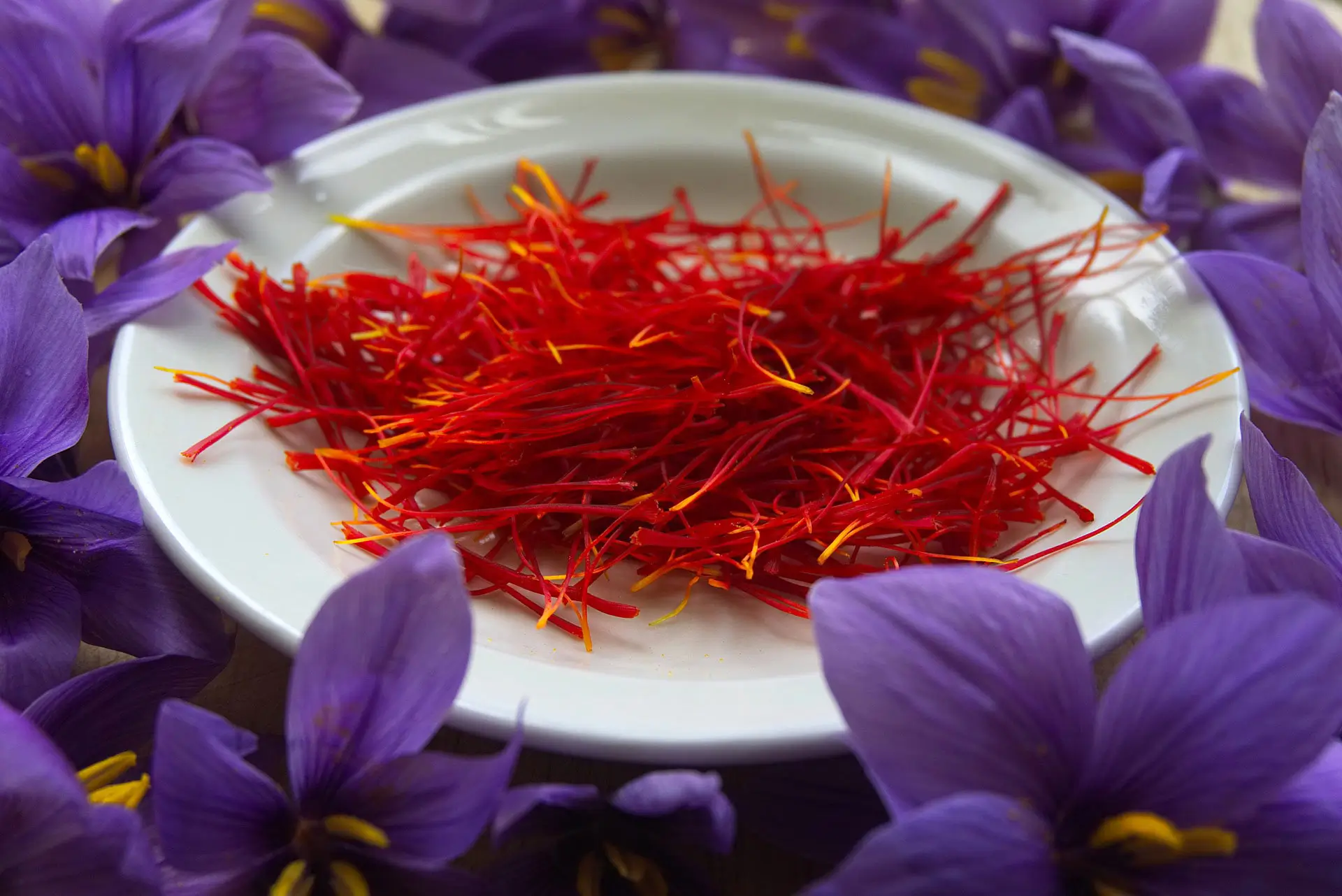
Saffron
Saffron (Crocus sativus) is the most desired plant in the world, and it yields the most expensive spice per pound.
The Kaffir Lime has been far more than simply a foodstuff for centuries. Its leaves are used as a seasoning in South Asia to spice up curries, soups, and stir fries, and its fruits are put to work even in traditional medicinals aimed at mending the digestion, calming the skin, and improving circulation. Its skin and the juice can be used in shampoos and cleansing agents, giving them the scented smell of the fruit. That’s what makes Kaffir Lime the beloved jack-of-all-trades in the home and market.
And here's a weird fact for you on Kaffir lime - it's a traditional ingredient in Thai Shampoo. For centuries, the juice and pulp of this fruit have been used to make a natural cleanser and conditioner believed to promote healthy, shiny hair and keep head lice away. Even today, in Southeast Asia kaffir lime is still a key ingredient in herbal shampoos.
Kaffir Lime is a robust grower in hot, tropical to subtropical conditions, but can also be potted indoors in cooler climates. The plant likes to be in full sun, in well-drained soil, and frost-free. Its inherent hardiness also makes it well-suited to containers, so you can bring it indoors if you like in the winter.
Once the leaves have matured and the soil is moist from rain, the plant only needs watering at the roots and occasional fertilization.
Like all citrus, Kaffir Lime grows wild and is not without its pest and disease issues. Common pests include thrips, aphids, spider mites, and scale insects, which chew on leaves and stems. Dampness around leaves & root zone (leaf spot & root rot). With proper care and attention to detail, you can enjoy healthy, productive plants.
For pest management, consider using natural solutions like Natria 1Gal Neem Oil RTU, which is OMRI listed and suitable for organic gardening.
Successful Kaffir Lime cultivation is achieved by the use of seeds. Seeds are ever variable, but all characters are uniformly transmitted in the veg with sickle, as upon the parent stem. Hardwood root grafting is employed in commercial propagation to enhance vigour and disease resistance. Good planting depth and spacing will ensure your plants grow right and provide you with a healthy harvest.
The Kaffir Lime tree is slower growing with fragrant leaves and flavorful fruit. The leaves can be harvested when the plant is established, usually around the second year. Fruits may be a little slower, though, and usually will not show up until a year or even more. With proper attention, the tree bears fruit year after year.
The leaves and fruit of the kafir lime can last for a very long time if maintained well. In the same way, fresh leaves may be refrigerated or frozen to preserve them. It's less juicy than other limes and can be kept for a few weeks in a cool, dry place at room temperature. Dry leaves are used in cuisine, and their scent is preserved for months in sealed containers.
Lime Kaffir Lime is one of the most precious gifts of nature, employed in medicinal, cultural, and food applications. From its peculiar bilobal leaves to its delicious fruit, it offers gardeners and chefs an infinite variety of applications. It’s adaptable to a variety of climates and can be grown in a pot, making it accessible all over the world. Kaffir Lime can be used in soups and teas, as a medicine, a cleansing and deodorizing product.
Yes, it does well in containers and can be taken indoors during the winter in cooler areas.
Yes, Kaffir lime leaves are safe to eat, but they are usually removed before serving because their texture is tough. They are mainly used to impart flavor during cooking.
Generally 2–3 years after planting, depending on how kindly it’s treated.
Its unique double leaves, bumpy fruit skin, and pungent aroma are characteristics that differentiate it from other lime types.

Soil Health & Fertilization
Victor Miller

Pest Identification & Prevention
Victor Miller

Lawn Care Tips & Maintenance
Victor Miller

Soil Health & Fertilization
Victor Miller

Smart Irrigation Systems
Victor Miller

Patios, Walkways & Driveways
Victor Miller

Soil Health & Fertilization
Victor Miller

Pest Identification & Prevention
Victor Miller
My Account
Our team is always here to help.
We are open Monday - Friday, 9:00 AM to 4:30 PM PST.